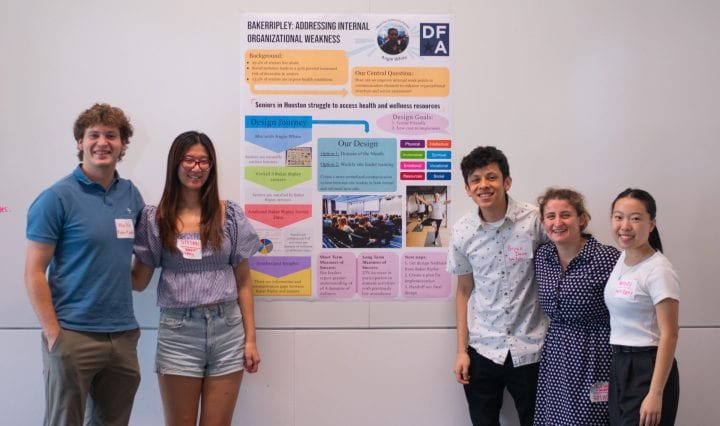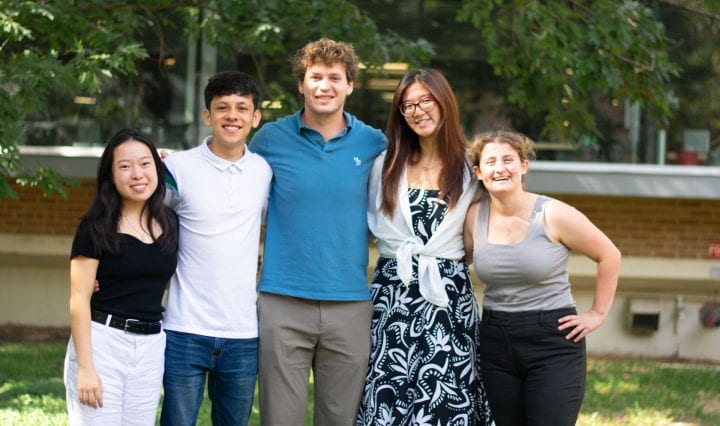Reframe: Team Rice Mutual Aid
This week, we have been refining our approach to the problem space by focusing on key insights, potential solutions, and setting specific goals. The major insights gathered are related to existing solutions, such as the AOP (Access and Opportunity Portal) and the Magister Furnd. We’ve identified barriers that we may face, which include the challenge of closed funds and the limited involvement of existing members in Rice Mutual Aid. We’ve brainstormed several How Can We statements to contribute to one ‘final’ HCW: How can we streamline RMA’s communication and outreach strategies at/in current students and alumni to enhance student awareness … Continue reading Reframe: Team Rice Mutual Aid


